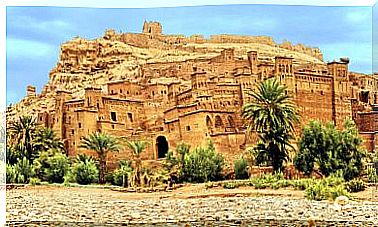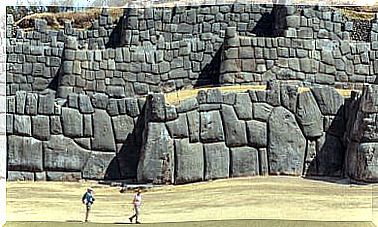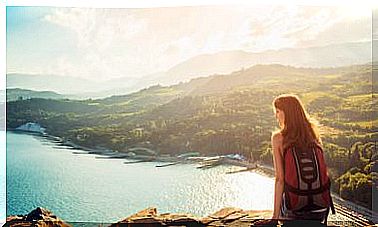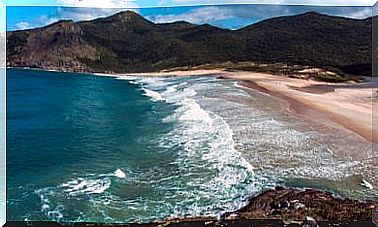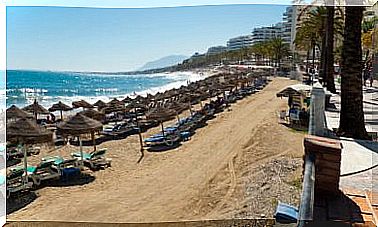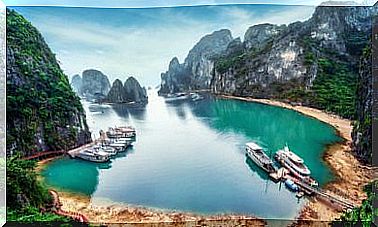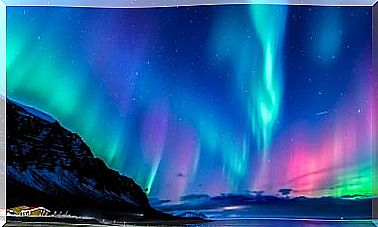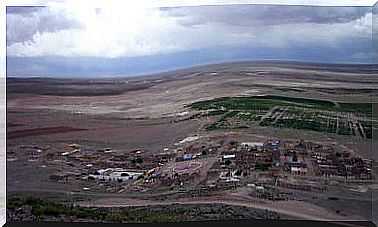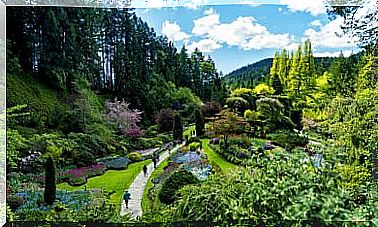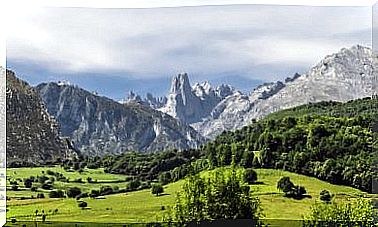Liechtenstein: Attractions Of A Small Country
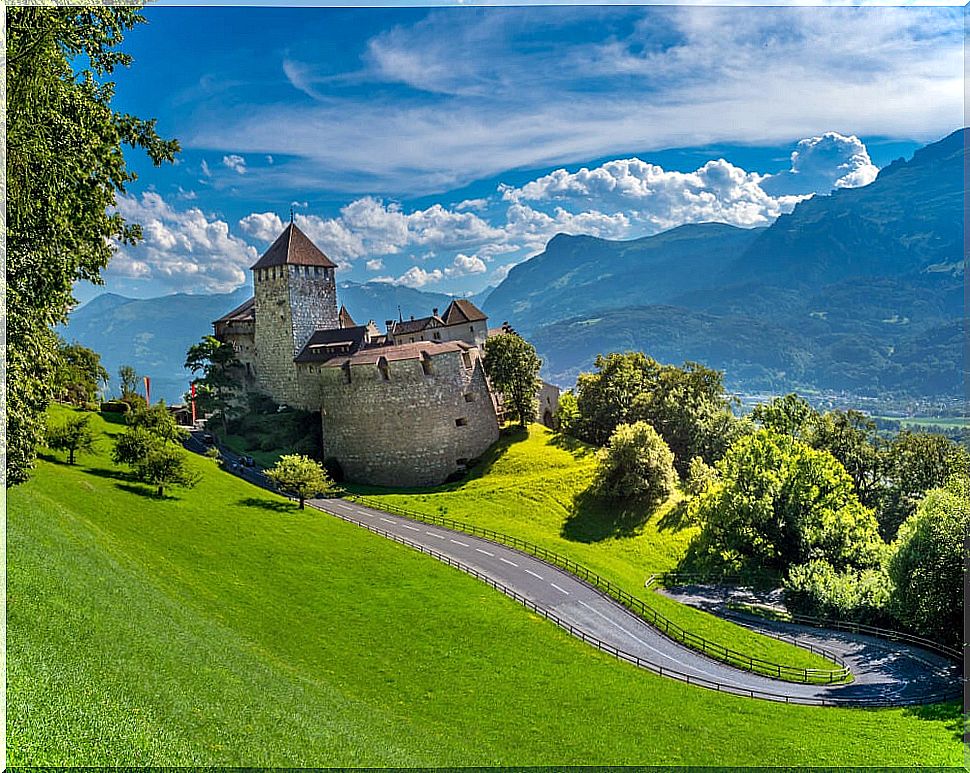
The people of Liechtenstein themselves call their homeland the small country and its capital, Vaduz, the small town. And we are talking about one of the smallest territories in Europe, with 160 km 2 , and the sixth smallest country in the world. Dimensions that are not an impediment to find numerous attractions on its surface.
Vaduz, the capital of Liechtenstein
Vaduz is the main reference city in Liechtenstein. It contains some of the emblems of this Central European principality, which has borders with Austria and Switzerland. Without a doubt, the great attraction of Vaduz is its castle, built in the Middle Ages, but which is currently greatly modified by the reforms that were carried out during the 16th and 17th centuries.
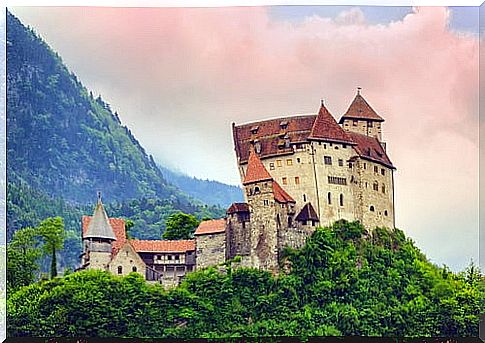
In addition to visiting the castle, in Vaduz it is also essential to walk through its old town, which is excellently well preserved.
In it, numerous taverns and restaurants open their doors to taste its local cuisine, which is logically closely related to that of its Swiss and Austrian neighbors. But in Liechtenstein, in addition to tasty beers, excellent wines are also produced.
On the other hand, in Vaduz you can visit two of the great museums. On the one hand, the Liechtenstein Art Museum, housed in a modern built building that houses one of the oldest private art collections on the continent. And on the other hand there is the Philatelic Museum or Briefmarkenmuseum, one of the national treasures and which brings together stamp enthusiasts from all over the world.
Other attractive cities in Liechtenstein
The great advantage of the Principality of Liechtenstein is that wherever we stay, all the attractions of the country are close by. For example, the town of Balzers with its Gutemberg Castle and St. Peter’s Chapel are just 8 kilometers from the capital. And the Roman ruins that are preserved in the most populated city in the country, Schaan, are about 3 kilometers to the north.
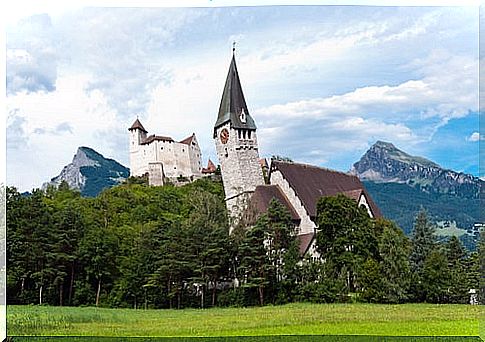
Other interesting places are the picturesque villages of Bendern, Mauren or Rugell, all close by. Or the cities of Triesen or Plaken, both possessing historic centers full of ancient monuments in which bourgeois mansions or religious chapels abound.
Liechtenstein, an alpine country
But if the urban centers of Liechtenstein are cultural attractions of great interest, it should not be forgotten that this country is a mountainous territory in the heart of the Alpine range.
Sports and nature tourism meet here throughout the year. While in summer the landscape becomes the ideal place to practice sports such as hiking, in winter skiing, in its different modalities, is the undisputed king.
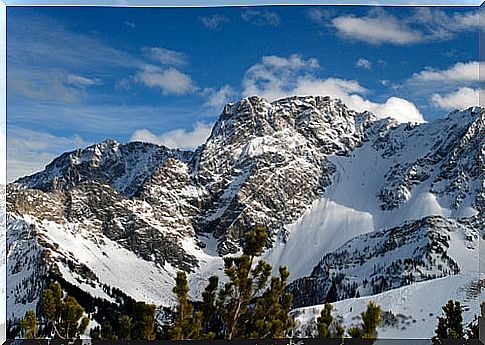
Thus, in winter a highly valued destination in Liechtenstein is Malbun. There is the main alpine ski resort in the country and buses constantly depart from the capital to this area of the southwest of the principality. While if you prefer to practice Nordic or cross-country skiing, the most appropriate place is Steg.
If the trip to Liechtenstein is in summer and you want to travel the trails of its mountains, you should go to Triesenberg. There, sports in nature and landscape photographs are combined with a visit to this city, where there is a surprising museum of contemporary art.
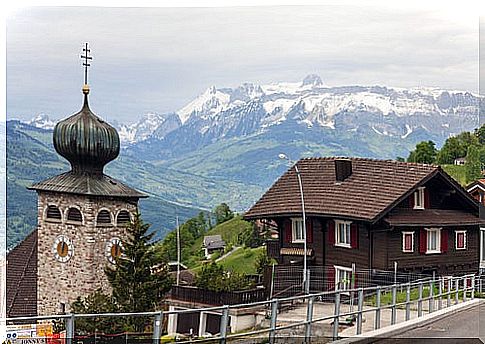
Curiosities of the Principality of Liechtenstein
The peculiar feudal history of this territory that made it currently a sovereign state and its geographical location within the European continent has made it have certain peculiarities that it is essential to know before traveling there. On the one hand, it is a territory whose official language is German, although it is a very own Germanic dialect.
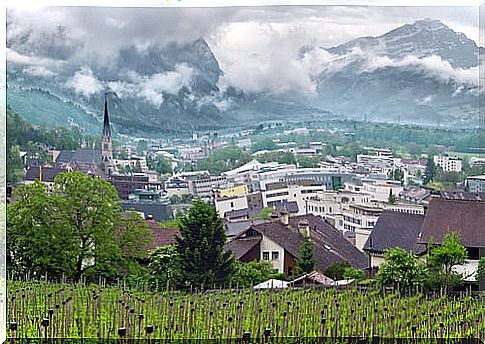
And on the other hand, it is not a state of the European Union and therefore its official currency is not the euro, but the Swiss franc. However, it is a country that is attached to the European Economic Area. A category that Switzerland does not have, with which it shares a currency and with which it had to redefine its customs policy.
But if there is something that does unite these two peculiar Alpine countries, it is that both Liechtenstein and Switzerland are, in practice, tax havens within the richest area of the continent.
